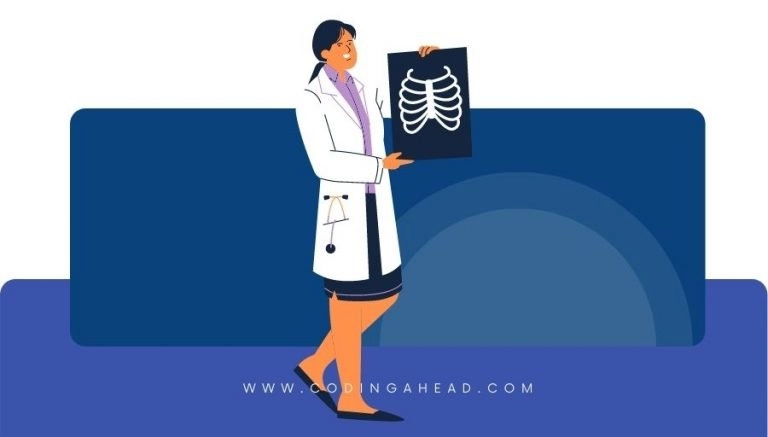How To Use CPT Code 24670
CPT code 24670 describes the closed treatment of an ulnar fracture at the proximal end without manipulation. This article will cover the description, procedure, qualifying circumstances, appropriate usage, documentation requirements, billing guidelines, historical information and billing examples.
1. What is CPT Code 24670?
CPT 24670 is used to describe the closed treatment of an ulnar fracture at the proximal end without manipulation. This means that a healthcare provider applies a splint to maintain the position of the fracture until it heals, without physically manipulating the bones.
2. Official Description
The official description of CPT code 24670 is: ‘Closed treatment of ulnar fracture, proximal end (eg, olecranon or coronoid process[es]) without manipulation.’
3. Procedure
When performing CPT 24670, the healthcare provider assesses the alignment of the fracture using an X-ray. If the fracture is in an acceptable position, the provider applies a splint to retain the alignment. This closed treatment approach does not involve making a surgical incision or manipulating the bones.
4. Qualifying circumstances
CPT 24670 is used for patients with an ulnar fracture at the proximal end, specifically the olecranon or coronoid process. The treatment does not involve manipulation of the bones and is performed without making a surgical incision. It is important to note that the specific circumstances and patient eligibility should be determined by the healthcare provider based on their clinical judgment.
5. When to use CPT code 24670
CPT code 24670 should be used when a healthcare provider performs closed treatment of an ulnar fracture at the proximal end without manipulation. It is important to ensure that the treatment aligns with the official description and meets the specific criteria outlined in the code.
6. Documentation requirements
To support a claim for CPT 24670, the healthcare provider must document the following information:
- Patient’s diagnosis of an ulnar fracture at the proximal end
- Assessment of fracture alignment using an X-ray
- Description of the closed treatment approach without manipulation
- Details of the splint applied to maintain alignment
- Any additional relevant information or findings
- Signature of the healthcare provider performing the treatment
7. Billing guidelines
When billing for CPT 24670, ensure that the treatment aligns with the official description and meets the specific criteria outlined in the code. It is important to follow the appropriate coding guidelines and any additional requirements set by the payer. It is also important to review any modifiers or additional codes that may be necessary to accurately report the service.
8. Historical information
CPT 24670 was added to the Current Procedural Terminology system on January 1, 1990. There have been no updates or changes to the code since its addition.
9. Similar codes to CPT 24670
There are several similar codes to CPT 24670 that describe different procedures or circumstances. Some examples include:
- CPT 24665: Closed treatment of radial head or neck fracture without manipulation
- CPT 24675: Closed treatment of ulnar shaft fracture without manipulation
- CPT 24685: Closed treatment of radial shaft fracture without manipulation
9. Examples
- A healthcare provider applies a splint to maintain the alignment of an ulnar fracture at the proximal end without manipulating the bones.
- A patient with an olecranon fracture receives closed treatment with a splint to support the healing process.
- A healthcare provider assesses the alignment of a coronoid process fracture and applies a splint without manipulating the bones.
- A closed treatment approach is used for a proximal ulnar fracture, with a splint applied to maintain alignment throughout the healing process.
- A patient with an ulnar fracture at the proximal end receives closed treatment without manipulation, using a splint to support the healing process.
- A healthcare provider applies a splint to retain the alignment of an olecranon fracture without manipulating the bones.
- Closed treatment is performed for a coronoid process fracture, with a splint applied to maintain alignment.
- A patient with an ulnar fracture at the proximal end receives closed treatment without manipulation, using a splint to support the healing process.
- A healthcare provider assesses the alignment of an olecranon fracture and applies a splint to maintain it throughout the healing process.
- Closed treatment is performed for a proximal ulnar fracture, with a splint applied to retain alignment without manipulation.


